Now is the time for innovation in Ireland and Paddy Walsh is here to tell us how he and his co workers in an innovation hub of the ESB (Ireland’s main electricity supplier) are challenging the older systems that are in place there.
Paddy and the team at planet9energy are completely reinventing the rule book on how customers buy and use electricity by giving the user a unique level of control over the amount of power that they use and the tariffs they chose to pay.
It’s about getting out of the mindset that if something works OK or isn’t completely broken that’s enough. We need to make things work better and keep improving design until we have something that’s really user friendly and good for the world as well.
The way technology is moving these days is not comparable to 100 years ago. Companies need to react now or be left behind. You can’t have your whole market in one place, you need to branch out into other areas so the ESB has been buying power plants in the UK. Everything is changing. The utility model that’s worked in Ireland over the last 100 years is likely to go bust within about 20 years. People want to take the power back into their own hands and start controlling their costs and use of resources.
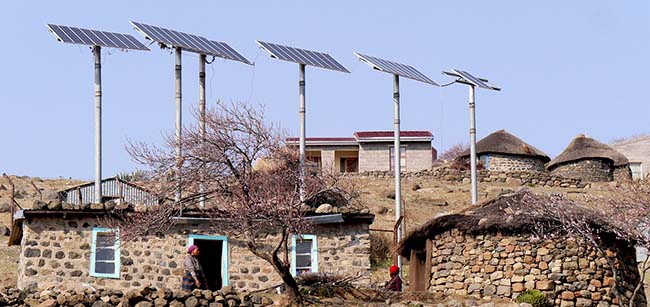
New innovation such as micro generation is getting really popular. More and more people are putting solar panels on their roofs, going off the grid has never been so trendy. The power system is completely changing, it’s putting the control in more peoples’ hands and redistributing the wealth. After all, why should a couple of huge companies have total control over such a basic human resource.
You can’t just depend on your massive power station any more, we need to adapt to the changes in the market.
The ESB is reacting to a change in technology and they want to position themselves at the forefront. They want to be ready to keep up with changing consumer needs. The public is now buying into different types of energy. The ESB and big power companies need to re-imagine customer propositions.
There are about 7000 employees in the ESB and there are lots of ideas. We wanted to get a space where people will be in an innovative environment where they could explore new technologies and pilot innovative projects. So we moved to Dogpatch labs. People come down here with their idea. If it’s good they stay, if not, they are sent back to the main company. It’s a fast way to filter down to the really good ideas.
We workshop ideas from around the organisation and the ideas that are worth keeping are brought together. You might get three months to work on something and if it’s working, you’ll get another few months to keep running with it.

All of a sudden I was working on a completely different project, I went into a completely different sphere.
It’s a really exciting opportunity to be taken out of your day job and get to work on your own ideas. That’s what happened to me. I was working as an engineer, I participated in an Innovation Workshop and all of a sudden I was picked out to go and work on a completely different project. I used to design electrical transmissions systems. I worked on multi-year, multi-million, CAPEX projects. That was me then, a nuts and bolts engineering project manager.
How can you be a cool tech company that starts from the ground up, if you are already tied to a large electricity company?
Our project, planet9energy wants to be at the forefront of technology and a new electricity market. We are in the privileged position of being able to leverage expertise from across the ESB, while being part of Dogpatch Labs, an eco-system where thinking differently is a way of life.
We’re digital native, the user experience and the frontend is our first port of call. This is unusual for a utility company, normally they concentrate on the backend. They get things working smoothly and they forget that there’s a user at the end of the service that might be interested in having some input.
We’ve now got a blank canvas and we’re looking to come up with something that users are already looking for, we want to be the Uber or Airbnb of electricity.
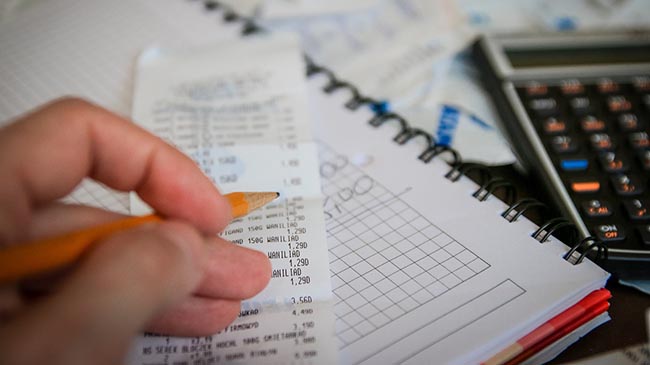
We want to be upfront about everything. Our model is that we tell people what the electricity costs, what we pay for it and what tax we pay to the government towards other projects, like wind farming. We then tell them what profit we are making and the percentage we take as a management fee. We want to keep our customers’ costs level all of the time, but we want them to know exactly how we are managing that even though energy prices are constantly changing throughout the day.
We want to put the power back into our users hands
We’re partnering with tech companies that are doing great work with controllers. We’ve researched at an industrial level, looking at companies that use a large amount of power (they might have huge fridges for example). We want to use what we’ve learned so we can give them the control to be able to turn their power on and off and sell the surplus back to the grid. They will be able to save money by using electricity more when it’s cheaper. We want to develop an app that can predict when the best time to turn off is. This will let people gain control over their energy costs.
It’s a new model that’s not available on the market right now. It’s giving people more of an advantage. We’re using technology to empower people and give them control over their own needs.
We’ll give the user a push notification when we know that the price is going up. If they’re scheduled to use a certain amount of energy we’ll tell them if they only use half we’ll sell it back and they’ll make the difference that day in profit.
The end goal for us is to completely hand over the task of figuring out users needs back to the user. We’ve seen a shift recently in people wanting more control over their lives in every aspect.
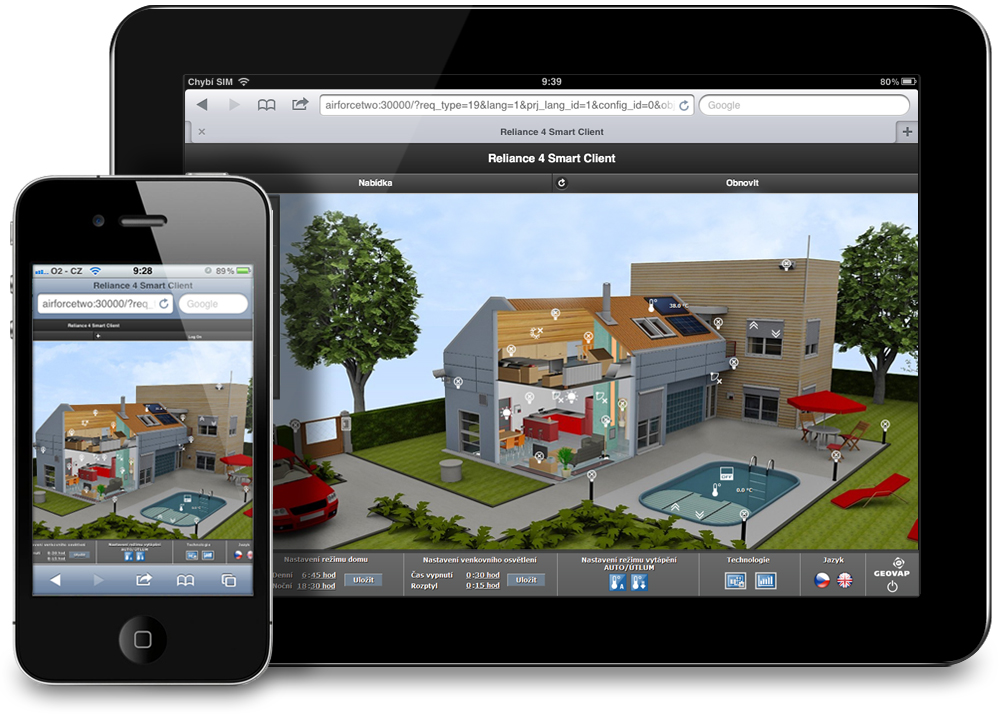
We see ourselves as the missing link in the smart home. There are tech companies out there that can build this technology into their smart devices and can connect your home appliances to an app. They don’t have the ability to get a financial reward from it though. Nobody else can say we’ll vary your electricity price to allow you to take advantage of it as you go along. So you’ve got the provider and the customer but we’re the bit in the middle.
This system has applications for home security and older people too. What if your elderly parent is home alone and they leave the cooker on all day? With this kind of technology you can keep an eye on them without taking away their independence. You can get texts and alarms delivered to your own phone to make sure nothing unusual is happening in the home.
We believe the electricity industry is completely changing, the UK is ahead of us (Ireland) in that they will have smart meters installed next year. All of a sudden they’ll have instant access to all their users’ data and they’ll know for sure how someone uses their electricity as opposed to taking an occasional reading.
We have an idea of what we think the market wants but the whole point of an agile company is you could be right or you could be wrong. You take a bare bones idea to the market, you meet with stakeholders, show them your idea. They say what they like and what they don’t like. This is how you get closer to a product that will work when it hits the market.
It’s really interesting for us in planet9energy as none of us are from a software background. We’re trying to figure out how all of our ideas are actually going to work in the real world. We want to communicate this to people internally in the company and externally to our users.
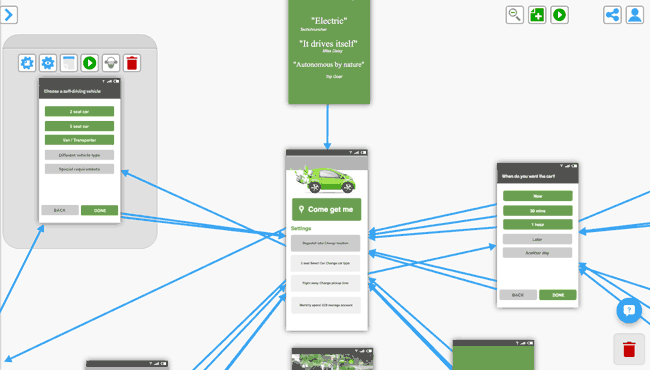
Prototyping was news to me and I was completely taken by it.
We met Dave from Fluid UI in Dogpatch labs and at this stage I had no idea what a wireframe was.
We started using Fluid UI to showcase our ideas for the app but also to help push organisational change. Internal stake holders don’t easily understand the nature of our business. We needed to show them the app prototype and give them an idea of what we’re working on. They could look at it on their own phone and test it out. Instead of people getting frustrated because they’re not understanding something, we can now get them to start adding their own ideas and interacting with the project.
It can be hard to convince management teams that have been working together for a good few years. They might not be as tech savvy as a younger company would be so you have that legacy to take into consideration too.
The ESB is a really large company and we’re a branch of it sent to Dogpatch Labs to challenge our own business model. It’s really important to us to bring the management of the ESB with us as we explore new territory.
We were able to show the app to management and ask them “would you use this yourself?” and a lot of them said “yeah I would actually”. We could have used a presentation with nice screens but we found that showing the actual app worked so much better. When you’ve got a bit of traction to get a project off the ground a tool like Fluid UI is really important.
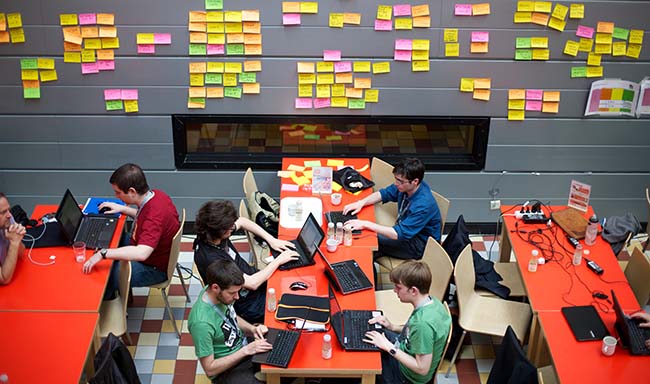
The only way big companies can stop themselves from going obsolete is by getting into startup hubs and finding out where the market is heading.
Some organisations pride themselves on change. Nintendo for example, started out as a card game. You’ve got to reinvent your market and see what happens. The pace for innovation speeds up every year. 8 years ago there was no such thing as an iPhone, 20 years ago there was no internet. Innovation is becoming shorter and faster. You can now build and release a product or a concept within weeks. You can get something live in an app store with a couple of weeks work and sell it to a global audience.
Google and Facebook innovate to keep on top of the market, Facebook acquired Instagram just because they could see it was doing well and was a social media threat, the same happened with Whatsapp.
We’re selling innovation and a story. A semi-state company is seeking change. We don’t know what the result is going to be but we need to invest in it.
Someone is going to come in and use all the big data that’s coming available in the next few years. I think it’s better that we secure it before someone else like Google who are already planning on moving into energy. We could stick to the old way of electricity distribution where customers just get a paper bill once a month, but we want to offer users a cool app and a whole new way of thinking about their energy use.
About Paddy walsh
Paddy is a design project manager with ESB International, the engineering arm of the Irish Utility, ESB. He is currently working on planet9energy, a project that will give electricity users total control over their energy needs.
About Dave Kearney
Dave is the founder and CEO of fluidui.com - a prototyping tool which can help you design brilliant apps, simplify design workflows and bring your ideas to life. He’s not a designer by trade, but rather an entrepreneur who is passionate about eliminating bad user experiences anywhere and everywhere they may exist.